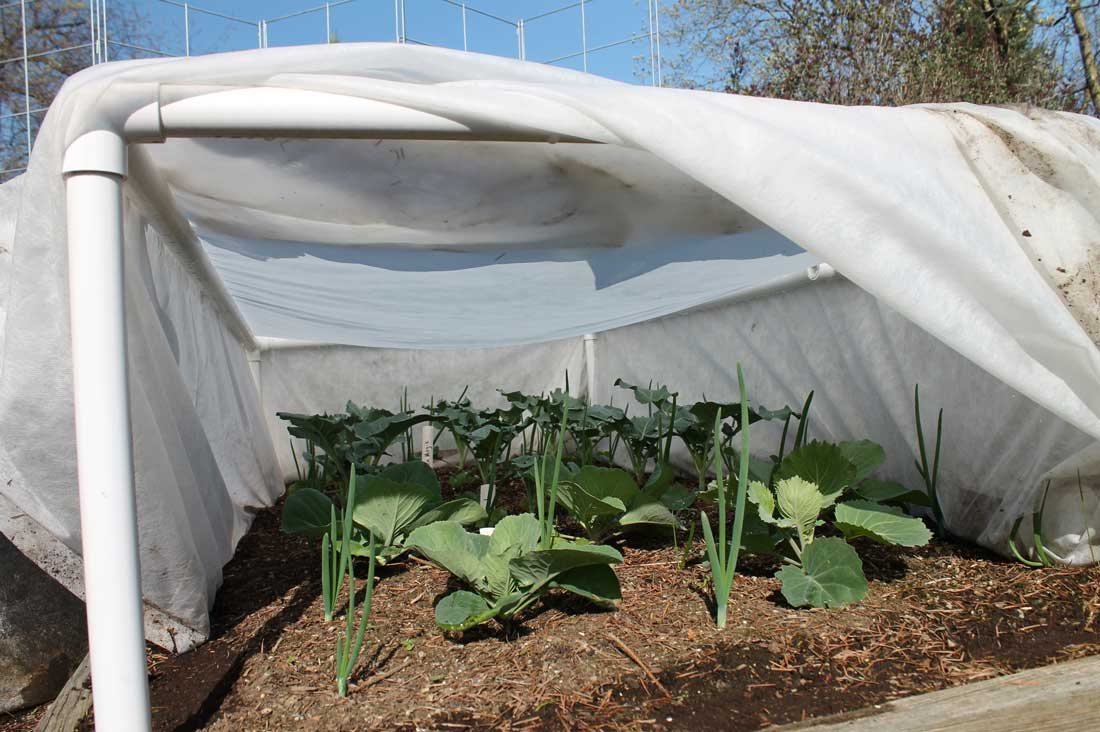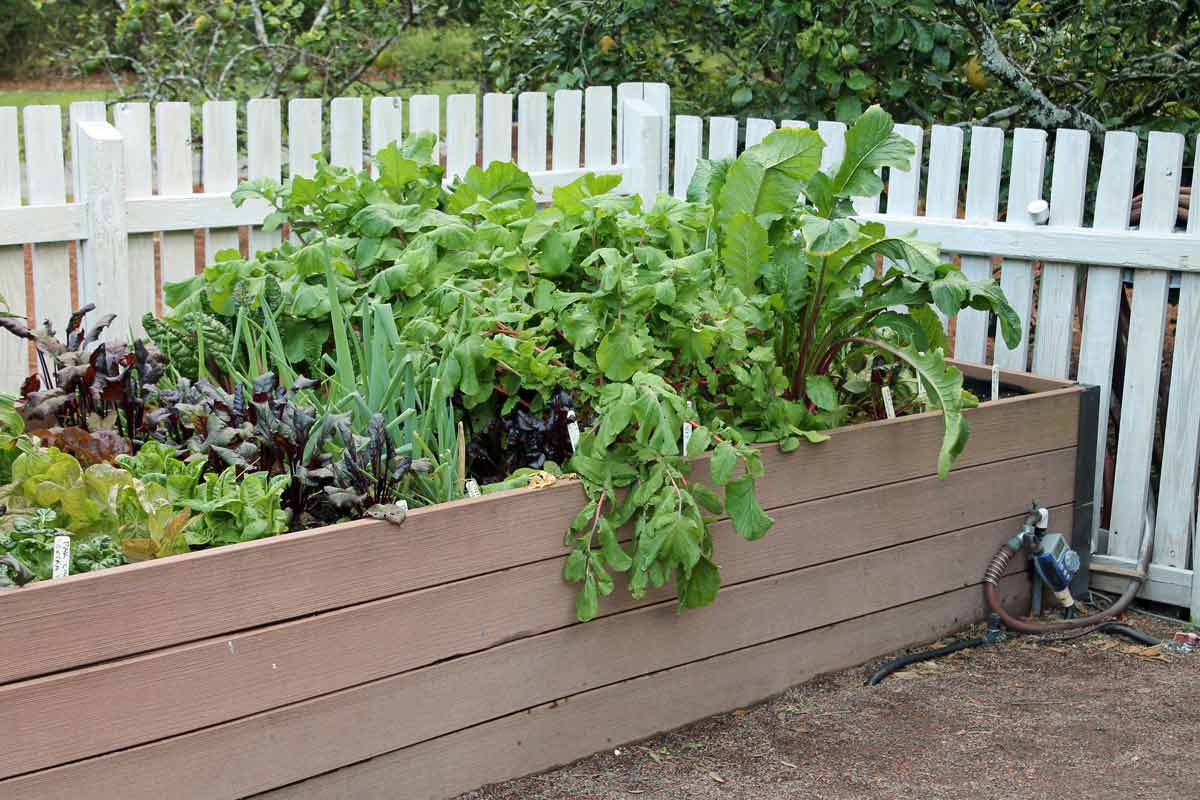How it Works: Preen Garden Weed Preventers
Here's how our Garden Weed Preventers prevent weeds before they even sprout rather than killing them after they’ve already had the chance to grow.
If you’re investing time and energy in growing your own food, you might as well get the most out of it. Use these six methods to get the most out of your efforts in the garden:
Loose soil that’s been improved with compost or similar organic matter and mounded four to six inches above grade allows vegetable roots to thrive better than in hard, packed ground. Plants also benefit from improved drainage that is able to seep through raised beds, than what they may experience being planted directly into the dense ground.
Most people build boxes to contain the soil. Stone, blocks, brick, recycled plastic timbers, and rot-resistant wood are all viable options. Or you can just rake soil into mounds without any edging.
Even if you don’t build raised beds, it is important to improve the quality and nutrition content of your existing soil before planting. Few people have ideal soil for heavy-feeding vegetables, but even good soil can be made better by working at least an inch or two of compost, rotted leaves, or similar organic matter into the loosened top 10 or 12 inches of your soil.
Some crops offer a better return for space and effort than others. Tomatoes, peppers, cucumbers, the whole onion family (leeks, shallots, garlic, etc.), lettuce, squash, beans, broccoli, and peas are among the choices that give good yields while taking up relatively little space. Asparagus and rhubarb are also good options because they come back year after year.
Squash, corn, pumpkins, melons, and sweet potatoes, on the other hand, take up more space per yield and are better suited as field crops or in larger gardens. Either way, grow only what you like and will use – or plan to give away the surplus.
Get a jump on the season by planting crops that tolerate freezes as soon as the ground thaws in early spring and by using plant protectors such as floating row covers, clear plastic domes, and even milk jugs on cool evenings. Then, replant new crops as soon as you harvest old ones throughout the season. Plant continuously, not all at once in spring. Fill in any empty space immediately during the growing season.
Many of the same quick-maturing, cold-tolerant crops that are planted in spring can be planted in late summer for fall harvest.

George Weigel
That loose, rich soil will let you space plants slightly closer than the packs say. More importantly, plant in blocks instead of rows. Raised beds don’t waste space on rows since you’ll be picking, working, and walking around the perimeter – especially when you keep the bed widths to four feet wide.
Grow vining crops and upright growers (tomatoes, cucumbers, pole beans, etc.) up trellises, tripods, and similar supports to take advantage of vertical space.

George Weigel
Water is critical for maximizing veggie performance. Your goal is consistently damp soil. Dry soil slows or stops growth. Early-morning watering is best.
Get rid of weeds ASAP (they compete for nutrition and moisture) and then prevent them with Preen Natural Vegetable Garden Weed Preventer. This will block weeds from growing in your garden area for 4-6 weeks. It can be used throughout the growing season to keep weeds at bay, right up until harvest day. It contains corn gluten meal, can be used around established plants but not in beds that you plan to seed.